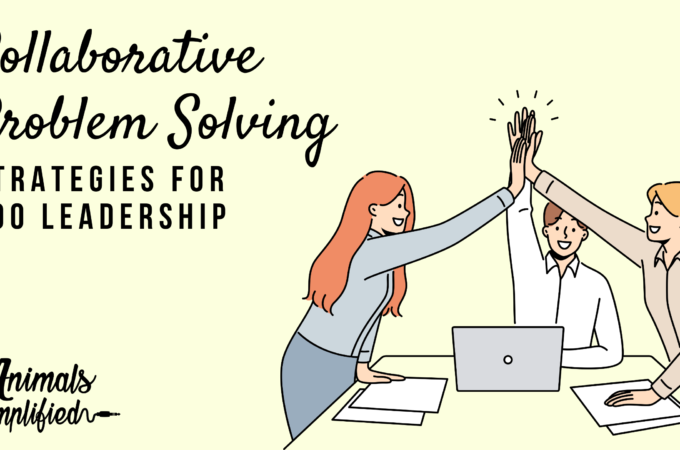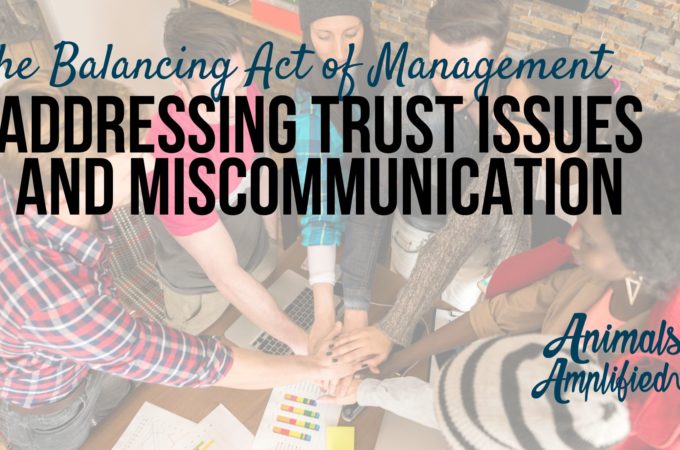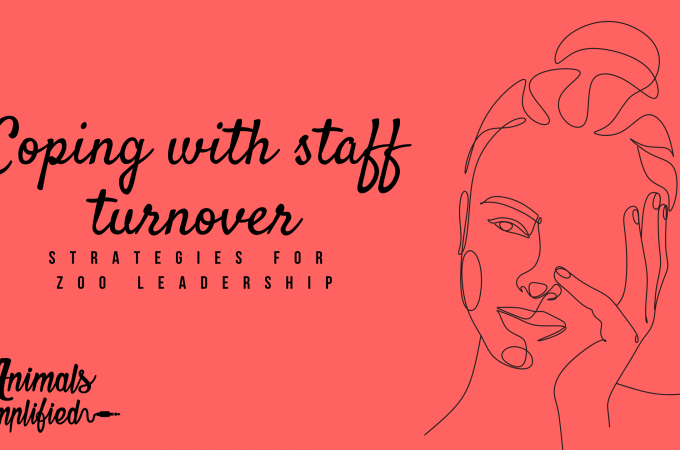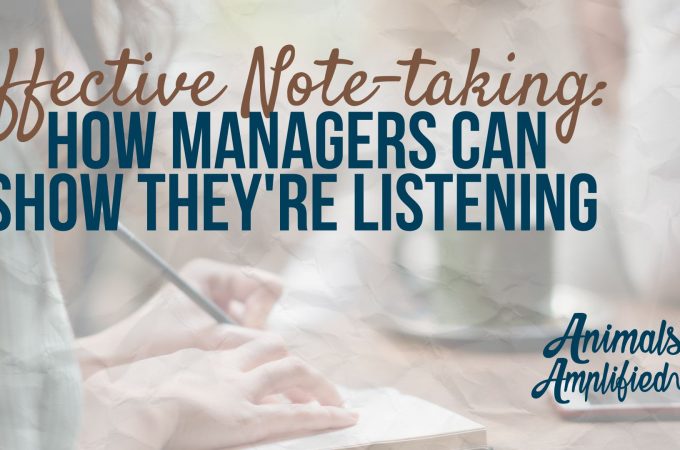
What is the Process for the Unionization of Zoos?
As unionization is gaining attention in the zoo industry, employees must understand the process and how it can potentially impact their workplace. As zoos unionize, they can bring employee benefits, such as improved wages, benefits, and working conditions. However, it is not a decision that should be taken lightly, and employees need to understand both the pros and cons before deciding to unionize. In this section of the blog section, we will explore the process for the unionization of zoos, including the steps employees must take to unionize.
First Steps to Form a Zookeepers Union
Choosing a zookeepers union representative, navigating the potential obstacles of union busting, and participating in union elections are all essential steps in unionization for zoos. As employees consider the potential benefits and drawbacks of forming a zoo union, it’s essential to understand how this process works. In this section, we will take a closer look at how zookeepers can choose a union to represent them, what union busting is and how it can be legally and illegally used to prevent union formation, and how the National Labor Relations Board (NLRB) runs union elections to determine if a majority of employees want to form a union. Understanding these critical aspects of the unionization process is crucial for zookeepers considering the unionization of their workplace.
Choosing a Union
Most zookeepers reach out to other facilities that have successfully formed a zookeepers Union. This might be how they decide which union will represent them. At this point, the union usually works to see if a majority of employees express interest in forming a zoo union. Once a significant number of employees have expressed their support, a petition is typically circulated among the workforce to gauge the level of support for unionization. If the petition successfully gains the support of at least 30% of the workforce, the petition and often a list of grievances are submitted to zoo leadership.
Union Busting
There is legal and illegal ways employers work to prevent the formation of trade unions. A legal way is to ensure that their stance and opinions are represented. Sharing information can happen through meetings, consultants, informational packets, and informal conversations. It is illegal for employers to threaten, coerce, bribe, or spy on employees.
The term union-busting inherently has negative connotations from historical incidents when employers applied some unscrupulous means to stop union formation. While I did hear of some biased information being shared by both sides, I didn’t discover anything that qualifies as illegal. The union reps often tell employees that union consultants and employers will lie and make false promises. It is illegal for a company to lie or bribe, and they also are held liable for false promises. This means many zoos will retain legal representation during this process to make sure they don’t do anything that compromises the zoo.
Union Election
If employees decide to unionize, they must petition the National Labor Relations Board (NLRB) for an election. Typically this is done by contacting a unionization company like CUPE or AFSCME. If the NLRB determines that a sufficient number of employees are interested in unionizing, the zoo will be served. After this, the NLRB will hold an election where employees can vote on whether or not to form a union. If most employees vote in favor of unionization, the NLRB will certify the union as the exclusive representative of all employees in the bargaining unit.
Pitfalls of Forming a Zoo Union
Forming a zoo union can be challenging. Your union representative will guide you through many legal and procedural steps. However, employees may face other less expected outcomes during the unionization of zoos. This section will explore various challenges employees may encounter while attempting to form a zoo union, including emotions, distress on friendships, distrust, and hurt feelings.
Emotions During the Process
This process can take anywhere from three years to six months from start to finish. After the zoo is notified, there are specific legal rules the zoo leadership must follow, like not coercing, interrogating, or bullying employees. Leadership can take no actions during this time that could be seen as retribution or significant changes to budget and positions. This can be an emotional and stressful time.
Zoo leadership often feels betrayed and concerned for the future of the zoo and the keepers. Employees often feel like they are being punished, given the cold shoulder, or walking on eggshells. Sometimes there’s excitement and hope on the part of the keepers. It seems common that leadership is saddened and feels like the keepers aren’t getting practical information from their union representatives. Conversations during this time can be difficult.
I could probably write a blog on just this topic alone, but I think it’s essential for everyone to remember and consider the emotions and feelings during this time. When zoos unionize, front-line staff should respect how leadership feels and allow them to speak their mind. Leadership should remember that the team advocates for their needs and wants and not personally attack leadership.
Exclusion During Formation
The other common theme is that some employees get left out of the initial decision-making process. Since it is only required to collect signatures on the petition from 30% of the team, many members are left out initially. While they will be informed before it’s time to vote, the initial phase of unionization can be secretive. There is a time before the zoo is notified that the union does not protect the employees’ jobs. Many union representatives encourage pro-union keepers to exclude team members who may not be in support so management is not tipped off before protection is in place. Keepers who are excluded can feel understandably alone and hurt when zoos unionize.
Contracts and Collective Bargaining During the Unionization of Zoos
Contract Negotiations
Once a zookeepers union is certified, the zoo management and the union will begin contract negotiations. These negotiations will cover a wide range of issues, including wages, benefits, working conditions, safety, and other terms and conditions of employment. The union will draft a contract to propose to the zoo that advocates for the interests of its members.
Once the contract is presented to the zoo, zoo management will try to control costs and ensure that the zoo can operate effectively. The zoo and union usually have up to a year to negotiate “in good faith.” It’s important to note that the process of contract negotiation can be challenging and time-consuming and may involve some compromise from both sides.
Zoo leadership often raises a concern that union representation is biased during the entire process but especially during contract negotiations. For example, one pro-union zookeeper explained that the only thing they wanted to change was pay, and they told leadership that nothing else would change. However, the nature of union contracts addresses everything from job descriptions to paid time off to who is considered for promotions first.
Time From Start to Finish
The average number of days to complete this process is 409. The national employment turnover rate for the arts, entertainment, and recreation industries is 76.3%. Many zookeeper unions aren’t formed before the keepers who launched the union push have left for new jobs. While union contracts might change the long-term pay and the zoo’s future, individual keepers may benefit more by negotiating directly with management since the process can be time-consuming.
Dissolving a Union Contract
Once a zoo union is in place, it can be difficult to undo and challenging for employees to opt out of. For more information on how to resign from a union or opt-out if your zoo unionizes, read this article from the National Labor Board. It’s also essential to look over your individual and group contract to see if there is an option or way to dissolve them. If you are unhappy with how they negotiate or represent you in the future, you can’t just fire them like a lawyer or insurance agent. There are ways to dissolve a union, but it typically requires legal representation. While very challenging, employees can call for a “Decertification Election” under the NLRA to revoke the union’s certification as their exclusive bargaining representative and potentially remove the union from the workplace in place of a new one.
In 25 states, known as “right-to-work” states, employees can leave their union without any penalties and stop paying associated dues. However, employees still have rights even in the other 25 “forced union” states. They can opt to become an agency fee payer, which means they only pay for the non-political parts of union membership. Additionally, they can become a religious or conscientious objector who chooses not to fund the union. National Employee Freedom Week (NEFW) is a grassroots campaign that aims to educate employees about their rights in the workplace, specifically their right to leave their union and opt-out. The campaign is led by over 100 groups that strive to inform residents in their respective states about their options.
Conclusion
The unionization of zoos is a complex process that requires careful consideration and understanding of the rights and benefits of employees and employers. From choosing a union representative to negotiating a contract and dissolving a union, there are many pitfalls and challenges to be aware of. The success of a zoo union lies in the collective effort and support of its members to work towards a common goal of improving the welfare of all employees in the zoo industry. It also requires collecting information from both sides of the table to come to the best decision for you and your zoo.
For more on the unionization of zoos, a case study on zoo unions, or how to advocate for your needs.





